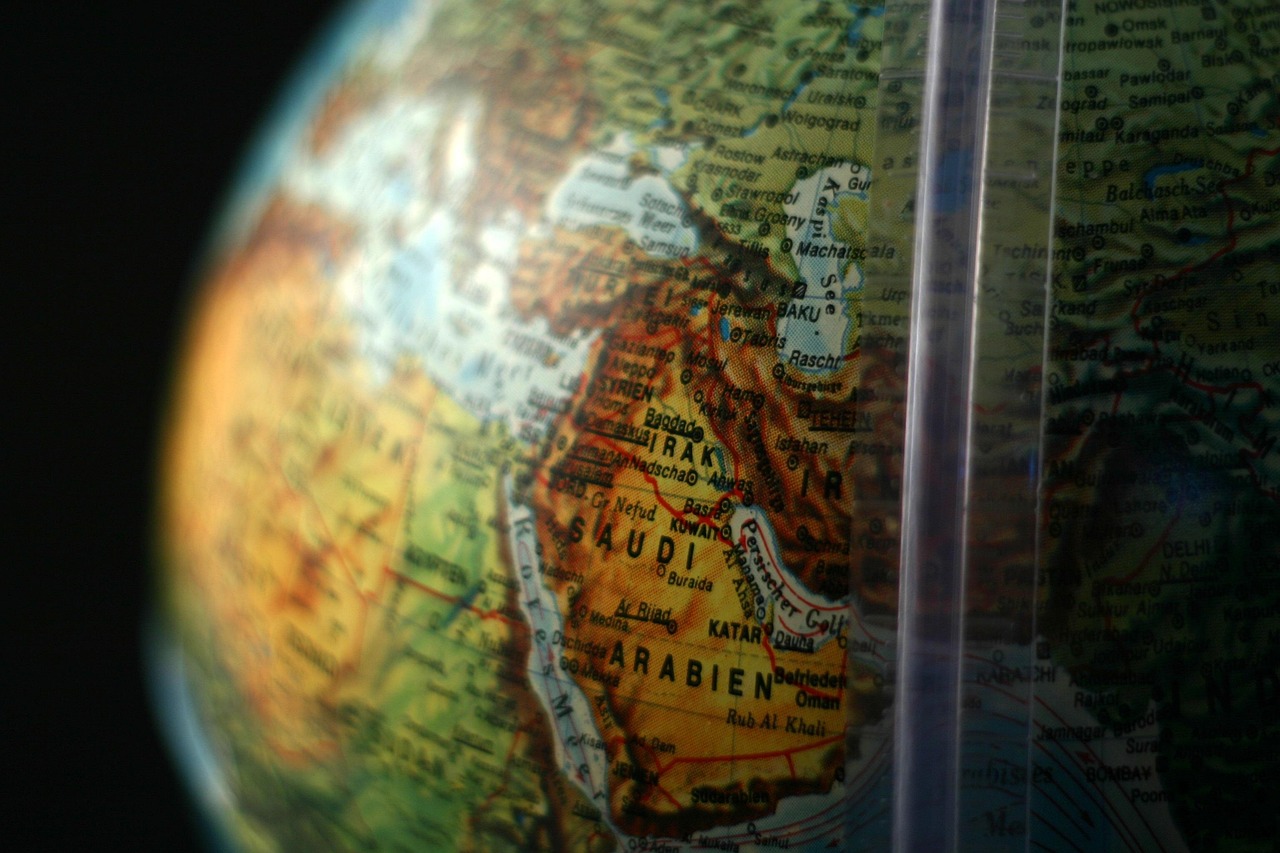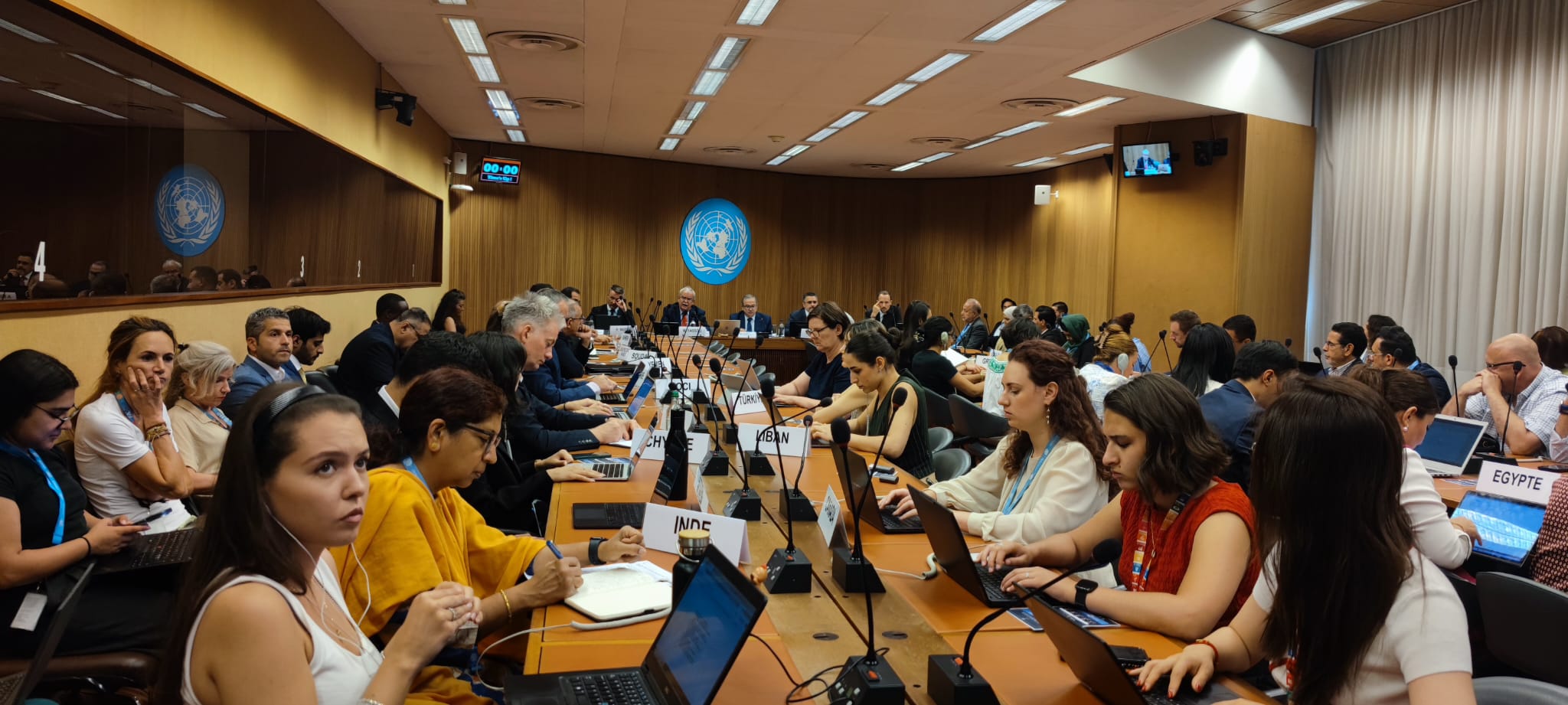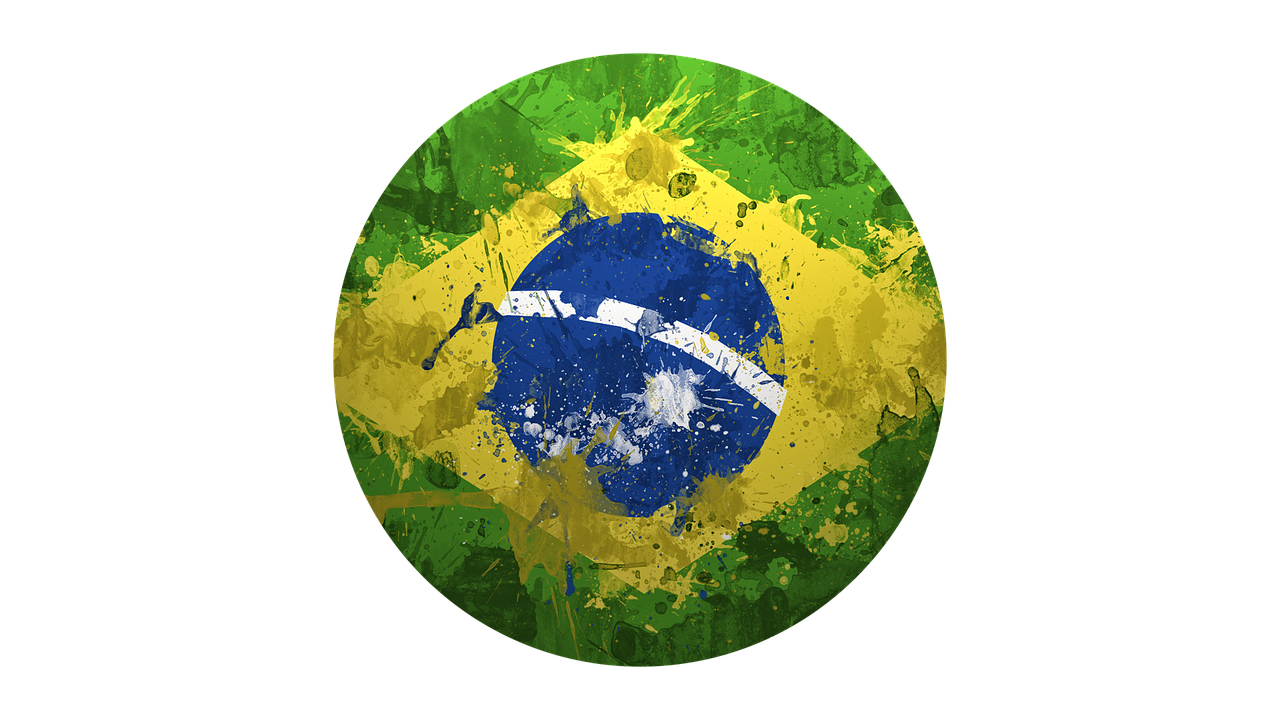There was no other solution than a return to the famous negotiating table in the war that has pitted Israel and Iran against each other in recent days. We have repeatedly emphasized this point because it is both obvious and common sense. Donald Trump, by announcing a total ceasefire between Tel Aviv and Tehran last night, wants us to believe that everything done by both sides last week has finally paid off, for the good of humanity and global security. We must believe in an agreement that puts an end to the missiles falling on Iran, Israel, and more recently on Qatar and Iraq.
Because at some point, there comes a final point that no one wants to cross: the fatal spiral and the famous “Third World War,” which has fortunately become a pipe dream and must remain so. In a conflict like the one we’ve experienced, everyone seeks to defend themselves, and above all, to be feared in order to be respected. Israel wanted to annihilate Iran’s nuclear facilities, which it claims to have done with the assistance of the United States. This is noted. True or false, what matters is its certainty, and so much the better because, ultimately, it suits everyone to leave it at that, that is, to stop with the risky collapse of the Iranian regime.
Iran has taken a heavy toll in a week, undermined by a relentless “preventative” war led by Tel Aviv, surely and lastingly weakening it. Surely so that it no longer represents a substantial threat to the Jewish state and the region. Lastingly, because four to five years of respite between the belligerents represents an eternity on the scale of the Middle East. This is what we must be satisfied with: silencing the guns for a while and achieving a ceasefire, however fragile it may be. But returning to constructive dialogue, including to force the mullahs’ regime to bend.
In the hybrid conflicts that have torn the Middle East apart for thirty years, weapons provide little lasting solution. On the contrary, military interventions have often exacerbated tensions, fueled cycles of violence, and caused considerable suffering for civilian populations. Iraq, Syria, Yemen, Libya, and even more recently Gaza, bear witness to the patent failure of armed solutions.
Although many TV pundits spend their time serving up military supplication as the only response and solution to a political threat, we can see how much the little that remains of triumphant multilateralism endures: dialogue. In fact, weapons can impose a temporary balance of power, which pleases military personnel strategically, but they do not resolve the root causes of conflicts. While missiles rained down on Tel Aviv and Tehran, diplomacy was stirring behind the scenes. Donald Trump, who has just announced a total ceasefire, used the two tools at his disposal: heavy weapons to destroy Iran’s buried nuclear sites (and whose American operation he describes as a success, like the Israelis), and the weapon of words to discuss with the enemy. We had reached such a dangerous climax for the entire planet, both politically and economically, that it was urgent to reach an agreement and an end to the fighting.
The closure of the Strait of Hormuz would have handicapped the entire planet, including Tehran’s Chinese ally. Qatar, once again, played the role of transmission belt. By targeting the American base at Al Udeid, on Qatari soil, the Iranian regime wanted to show that it could still take revenge for the American attack at a lower cost, admittedly. Targeting a facility in the Emirates or Saudi Arabia would have had far more harmful consequences. At the same time, Doha strongly condemned the aggression it had just suffered along with the Americans, but continued its action in the name of regional security: Qatar is a “friend,” strategically speaking, of Iran, since it shares the world’s largest gas field, but its alliance has strengthened since the 2017 blockade and the total isolation of Doha caused by Riyadh. It was therefore easy for him, given his tradition of mediation in the region, to establish a link with the United States, and indirectly with Israel, with whom he has been in discussions for months on the fate of the Israeli hostages in Palestinian territory, but also on a total ceasefire.
Israel could not go further without further endangering the Israelis, who have experienced difficult nights, like never before on their own soil. The mullahs wanted to save themselves, which will not necessarily satisfy the Iranians, who suffered even more repression during the war. And where does Donald Trump fit into all this? By supporting Tel Aviv in a lightning “victory” against Iran, and the rapid achievement of Netanyahu’s war objectives of destroying nuclear sites, the American President is playing his transactional tactic to end the fighting: Israel certainly did not aspire to a new war that could drag on, nor did Iran, weakened as never before. Even less so Donald Trump, who managed in 48 hours to help the Hebrew state, temporarily end the Iranian threat, keep the regime weakened without causing chaos, and continue to reassure his MAGA electorate, who would have made him pay dearly in the next mid-term elections for America’s total and lasting involvement there.














